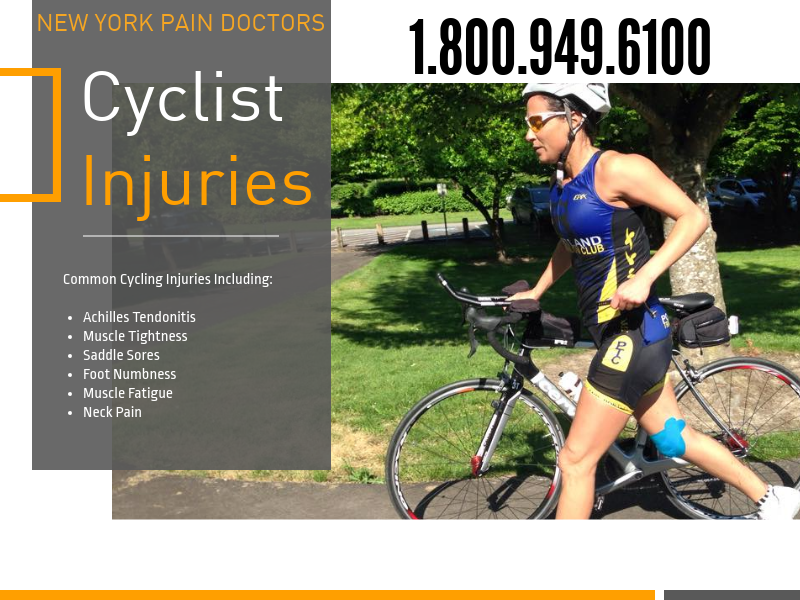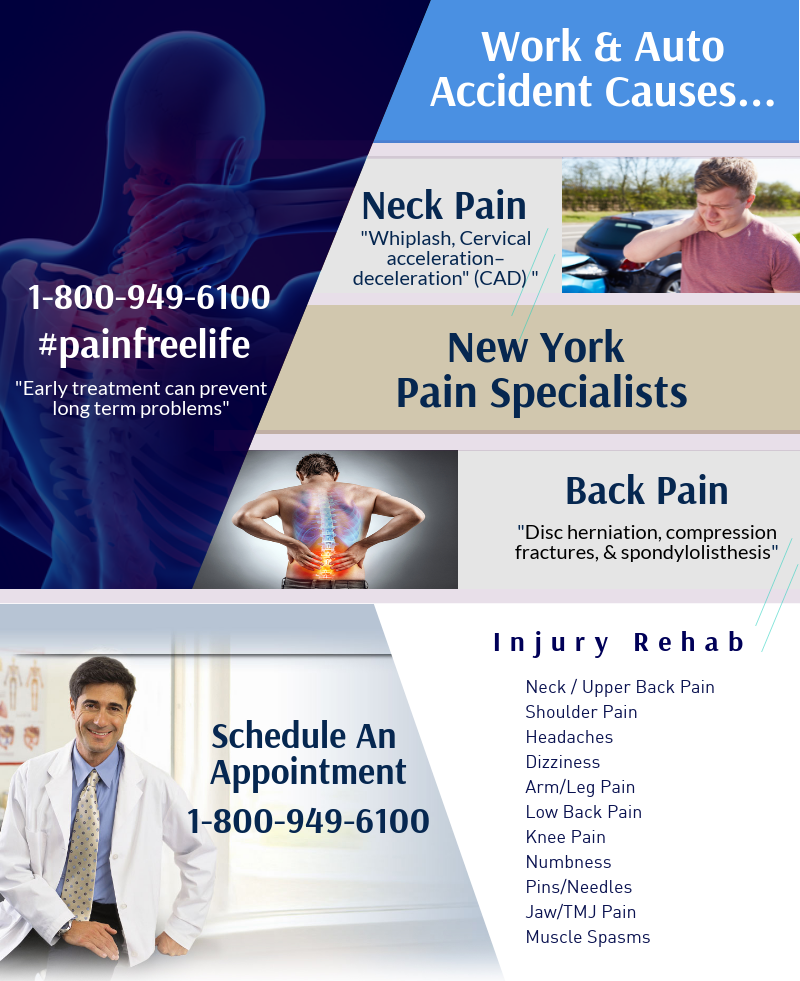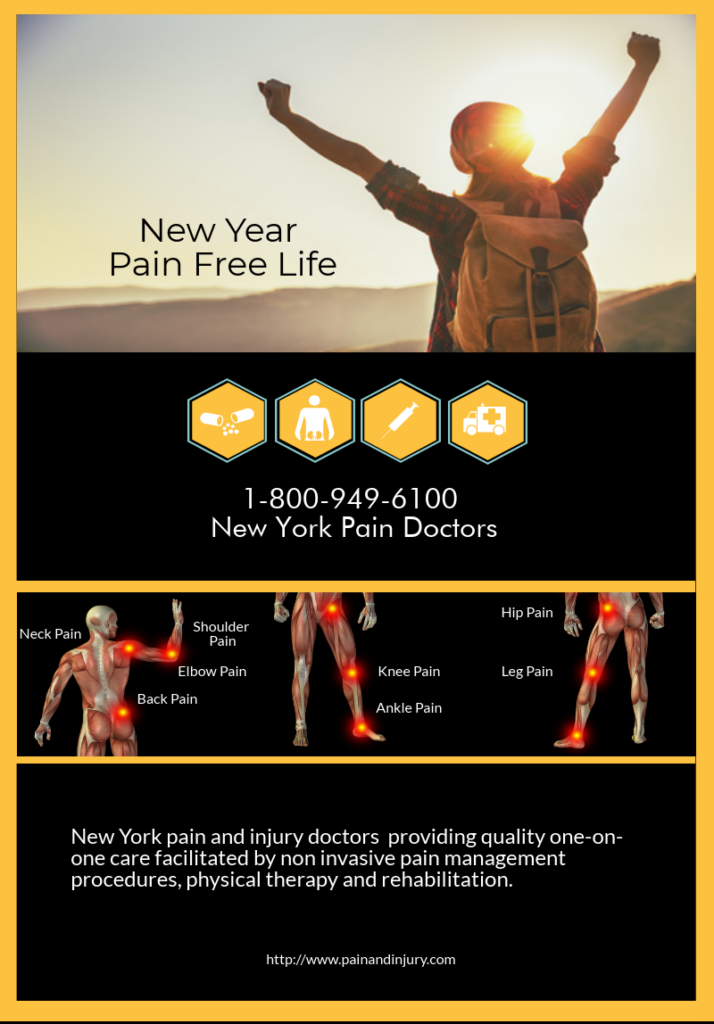Platelet-rich plasma therapy is a procedure that is becoming pretty popular in effective treatment for pain relief.

Dr. Michael Monfett of Skyline Physical Medicine and Rehabilitation one of many New York pain doctors specializing in Platelet-Rich Plasma Therapy is located in the borough of Manhattan in New York City.
Platelet Rich Plasma (PRP) is blood plasma with concentrated platelets of a patients own blood. Theses concentrated platelets contain growth factors that stimulates tissue healing and renewal.
PRP therapy is used as a treatment for conditions like arthritis, tendon injuries, and ligament injuries.
“Platelet Rich Plasma Therapy can potentially treat a range of sports and acute injuries resulting in joint, tendon and ligament pain. Soft tissue injuries are most responsive to PRP treatment. The following is a representative, non-exhaustive sample: Joint pain resulting from inflammation after an acute injury.”Jul 10, 2017
Platelet Rich Plasma (PRP) Therapy for Sports Injuries | Physio Logic …
physiologicnyc.com/platelet-rich-plasma-prp-sports-injuries/
Platelet Rich Plasma Injections For Chronic Pain Relief May Help You Avoid Surgery.
PRP therapy has become quite popular among athletes and individuals suffering musculoskeletal injuries.
- Arthritis (disorder most commonly affects joints in your hands, knees, hips and spine).
- Achilles tendon injuries (a springy band of tissue at the back of your ankle and above your heel.)
- Back pain (A common, painful condition affecting the lower portion of the spine.)
- Bursitis (<shoulder, elbow and hip pain)
- Golfer’s elbow (A condition that causes pain on the inner side of the elbow.)
- Knee pain (Chronic knee pain is long-term pain, swelling, or sensitivity in one or both knees)
- Iliotibial band tendinitis (ITB Syndrome – A painful condition in which connective tissue rubs against the thighbone.)
- Ilio-psoas tendonitis (overuse resulting from repetitive hip flexion)
- Joint pain (Pain within the joint is a common cause of shoulder pain, ankle pain, and knee pain).
- Jumper’s knee (An injury to the tissue connecting the kneecap to the shin bone)
- Labral tear (Hip labral tears occur when the labrum, a band of cartilage surrounding the hip joint, is injured)
- Ligament injuries (Knee ligament sprains or tears are a common sports injury)
- Meniscus tear (A common injury in which forceful twisting causes certain tissue in the knee to tear.)
- Patellar tendinitis (An injury to the tissue connecting the kneecap to the shin bone)
- Peroneal tendinitis (pain on the outside of your ankle, foot)
- Plantar fasciitis (An inflammation of a thick band of tissue that connects the heel bone to the toes.)
- Rotator cuff injuries (muscles and tendons that surround the shoulder joint, )
- Sacroiliac joint dysfunction (lower back and/or leg pain. Leg pain)
- Sports injuries
- Ankle sprain.
- Groin pull.
- Hamstring strain.
- Shin splints.
- Knee injury: ACL tear.
- Knee injury: Patellofemoral syndrome
- Tennis elbow (epicondylitis)
- Tendonitis (A condition in which the tissue connecting muscle to bone becomes inflamed.)
- Tendon injuries (shoulder, elbow, knee, and ankle injury)
- Tennis elbow (An irritation of the tissue connecting the forearm muscle to the elbow.)
Platelet-rich plasma ( PRP ) injection
The procedure usually takes about an hour and most of the time is separating the platelet-rich plasma from your blood sample. The procedure is performed with the patient awake. The PRP may be injected with a numbing agent.
The procedure is performed by drawing blood from a patient, placing it in a centrifuge (a machine with a rapidly rotating container that applies centrifugal force to its contents, typically to separate fluids of different densities.) to separate the platelets from the rest of the blood components. The concentrated Platelets are tiny blood cells are then directly injected into the injured area of tissue.
The “rich” platelets contain multiple growth factors that can stimulate new tissue growth. Some of these factors include transforming growth factor, connective tissue growth factor, epidermal growth factor, and vascular growth factor. These growth factors recruit new cells to the area to stimulate healing.
Ask About Platelet Rich Plasma Injections
Pain Doctors
1.800.949.6100
Over 30 Locations in New York / New Jersey
Call for one closest pain specialist to you
Website




